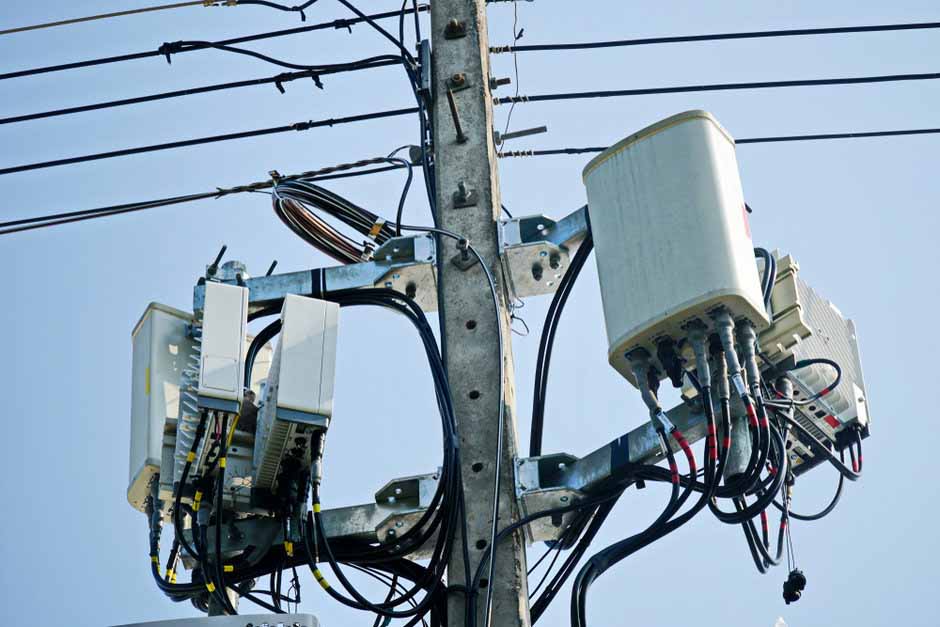San Jose, Calif., and Lincoln, Neb., cry foul over the FCC’s plan to cut red tape for small cell antenna deployment rules.
BY ELIZABETH ZIMA / MARCH 19, 2018
The Federal Communications Commission is poised to make a directive on 5G, the next-generation, high-speed wireless standard, that could significantly affect local government control of infrastructure. Two cities, San Jose, Calif., which lies in the heart of Silicon Valley, and Lincoln, Neb., an innovative university and capitol city, both could be profoundly affected if the FCC decides to “cut red tape” with modifications to small cell antenna deployment rules.
RELATED
Local Control Debate Pauses Illinois Small Cell Wireless BillLocal Control at Heart of ‘Small Cell’ Debate
Residents in Santa Rosa, Calif., Push Back Against Small Cell Deployments
by Elizabeth Zima who has written in depth on topics including health care, clinical science, physician relations and hospital communications.
source :

